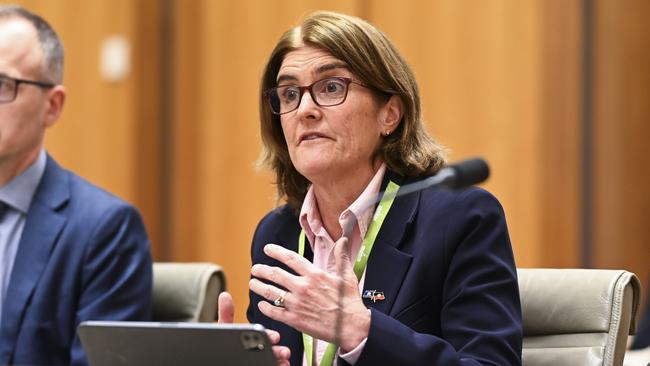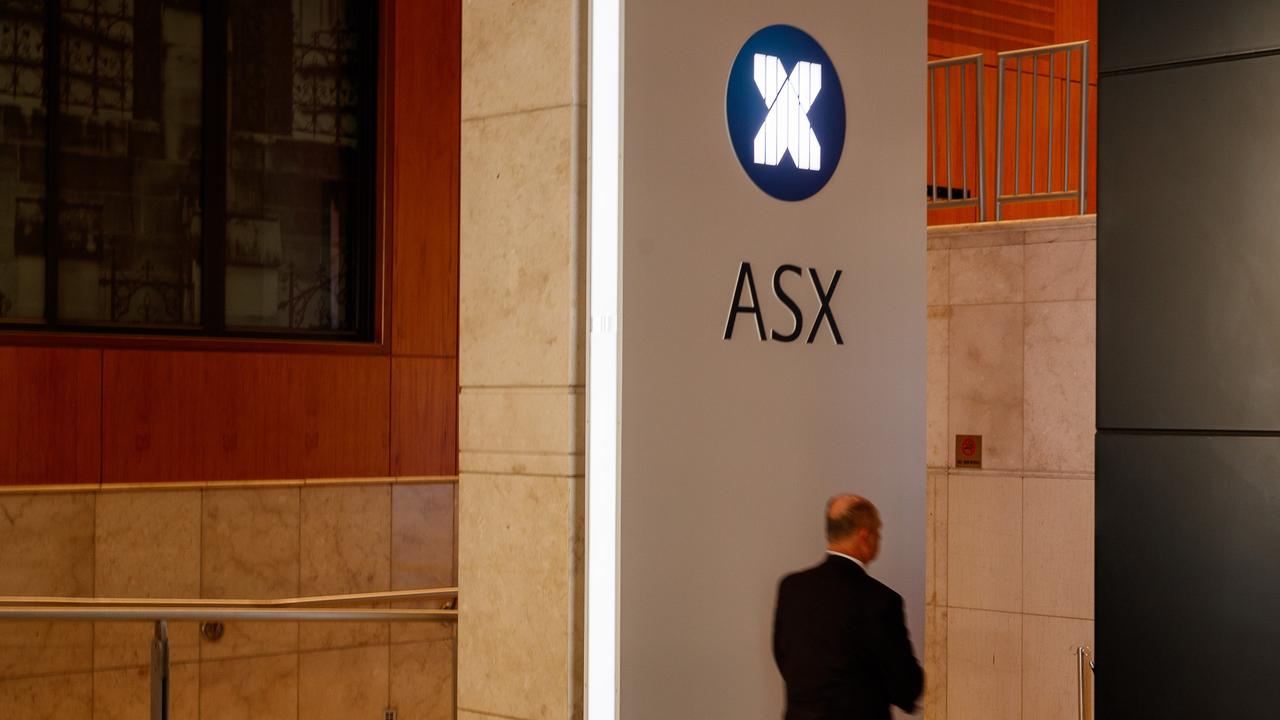Reserve Bank’s monetary policy statement will clarify the outlook for Australia’s economy
Updated RBA forecasts in Friday’s Statement on Monetary Policy will help clarify whether or not more interest rate rises will be needed to lower inflation in an acceptable time frame.

Updated Reserve Bank forecasts in Friday’s Statement on Monetary Policy will help clarify whether or not more rate increases will be needed to lower inflation in an acceptable time frame.
RBA governor Michele Bullock said on Tuesday that the latest 25 basis point increase in the cash rate to a 12-year high of 4.35 per cent was warranted “to be more assured” that inflation would return to target in a reasonable time frame. The qualifier makes all the difference.
Of course there was some profit-taking on the Australian dollar and a rebound in shares after Tuesday’s decision because Bullock appeared to soften the RBA’s tightening bias by adding another qualifier – “whether” – to her guidance on the likelihood of further rate rises.
However, it’s completely normal and logical for the RBA governor’s forward guidance in a monetary policy statement to make a slightly weaker case for an even bigger move in the direction of a policy decision than she has just announced in the same statement.
If she didn’t do that, the implication would be that the bank should have announced an even bigger move. The board may see a need for another rate rise, but after delivering 425 basis points of increases over 19 months, there’s only so much it can do in one meeting without spooking the horses.
In that regard, one of the strongest arguments for another rate rise – most likely in February but possibly in December – is NAB’s view that, after restarting rate rises to deal with stubbornly-high inflation, the RBA board is unlikely to believe that one more 25 basis point increase will do the job. That is unless of course it thinks a recession is imminent in its major trading partners or at home.
At this point a US recession could still be 12 months off barring another crisis sparked by surging bond yields, China’s deflation gives it room to stimulate further if its recovery keeps faltering, and Australia’s massive population increase in the past 12 months mitigates against outright recession.
As predicted by NAB in recent months, the re-acceleration in underlying inflation in the third quarter as well as resilience in consumer spending and the labour market has “forced a material upwards revision to the RBA’s forecasts, not just in the near term but through the profile.”
Unemployment now peaks lower and inflation returns to the top of the target range only at the end of 2025. Indeed the unemployment rate is now only expected to hit 4.25 per cent by the end of the RBA’s forecast horizon which extends to the end of 2025.
Bullock has recently sought to de-emphasise the concept of “NAIRU” – the non-accelerating inflation rate of unemployment.
She says it’s only one of a number of concepts the central bank looks at to gauge the degree of “tightness” in the labour market that’s consistent with the inflation target. But after the RBA went on hold in June, she noted in a speech titled Achieving Full Employment that the RBA’s previous forecast – that the unemployment rate would rise to 4.5 per cent by mid-2025 – would leave it “not far off some estimates of where the NAIRU might currently be.
“In other words, the economy would be closer to a sustainable balance point,” Bullock said.
So unless the models say NAIRU has fallen since then, the unemployment rate won’t be quite as close to that “sustainably balance point” by the end of the forecast horizon.
Of course, the RBA’s forecasts will be conditioned on a path for the cash rate broadly in line with expectations derived from surveys of professional economists and financial market pricing.
After the latest rate increase, the money market and economists are still leaning toward another 25 basis points rise in the cash rate to 4.6 per cent by May.
Ahead of Friday’s statement, Citi increased its inflation forecasts by 0.2 percentage points per quarter for the first three quarters of 2024, giving a year-end CPI increase of 3.5 per cent, which is in line with the revised RBA forecasts foreshadowed on Tuesday.
For underlying CPI inflation, the average quarterly increase is closer to 0.1 percentage point, producing a year end rate of 3.3 per cent versus a target of 2-3 per cent.
Citi’s new CPI outlook reinforces its view of the need for further monetary policy tightening. Citi’s Josh Williamson is one of a number of economists now expecting a 25 basis points rate rise in February. The only reason he doesn’t have a higher terminal cash rate than 4.6 per cent is because the RBA’s actions (at least under its former governor Philip Lowe) “shows that it is prepared to run the nominal side of the economy hotter for longer to preserve post-pandemic labour market gains”.
But Citi still sees upside risks to his inflation outlook. An El Nino weather event over summer could reduce agricultural production and drive food prices higher, the RBA might not lift interest rates any further, and “pattern bargaining” is upside risk to unit labour costs amid weak productivity growth.
Aside from oil prices, tradeable goods including industrial machinery, vehicles and electrical equipment have seen stable or lower prices after a post-Covid improvement in supply chains and moderating demand, but prices for domestically-purchased services and some goods continues to rise, Williamson warns.
“Labour costs continue to increase and combined with weak productivity growth are incompatible with anything except inflation remaining stickier for longer,” he said.



